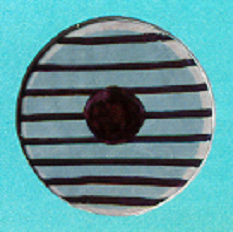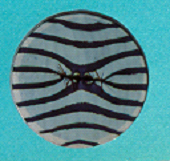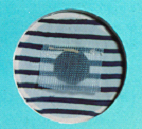Lichtenstein Tension-Free Hernia Repair
Find your care
Our renowned hernia team treats all types of hernias. To learn more about our hernia services at the Lichtenstein Hernia Institute, call 310-319-4080.

The abdominal wall is a sheet of muscle. When a weakness and defect occurs, the intra-abdominal contents bulge through: this is a hernia. Typically, small or large intestine or intra-abdominal fat herniates through the defect. Rarely, other abdominal organs can herniate. The most common symptoms are pain, swelling, or a bulge. If left untreated, hernias can incarcerate where the contents remain trapped in the defect or develop in to an emergency if the hernia strangulates causing symptoms such as pain, nausea and vomiting with intestinal blockage and compromise. For this reason, it is recommended that most hernias should be repaired in the elective setting.
Hernia is a tear, or hole, in the musculature of the abdominal wall (Figure 1)
In conventional methods of repair, the edges of the tear are stitched or sewn together to close the hole. (Figure 2). Unfortunately, simple suturing often recreates the tension that created the hernia causing pain and a higher risk of recurrence.

Tension-Free Mesh Method:
The "tension-free" mesh technique was pioneered by the Lichtenstein Hernia Institute in 1984 and is currently considered the gold standard of hernia repair by the American College of Surgeons. In this procedure, repair is accomplished by covering the opening of the hernia with a patch of mesh, instead of sewing the edge of the hole together
The surgical mesh acts as a bridge or scaffolding for ingrowth of new tissue to reinforce the abdominal wall. Over time, the mesh safely becomes incorporated into the muscle layer, creating a very strong, permanent repair. In the standard Lichtenstein Repair, this mesh is placed between the layers of the abdominal wall. In laparoscopic repair, the mesh is placed behind the abdominal wall muscles. The mesh used by the Lichtenstein Amid Hernia Clinic is thin, flexible, and lightweight to decrease the risk of pain and foreign body sensation.
The Lichtenstein operation is typically performed under local anesthesia and on an outpatient basis. Within only two to three weeks, the patient's native tissue grows into the mesh, making it a part of the body.
